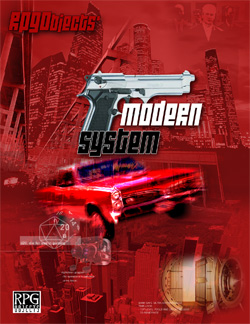
Unlike feats, the talents are unique to each class, but are otherwise the same thing as feats. New features include a bonus feat from a select list every even level and a talent chosen every odd level. Six basic classes are presented, with a progression table covering levels 1 to 10, each class roughly corresponding to the ability the character uses the most in making their way in the world. Oddly, the "25 points" method is presented as if it generates characters equivalent to those generated with the "standard 4d6" method, when in fact, the 4d6 methodĬonsistently generates characters in the 30-33 point range. Portions of the chapter (Abilities and their generation,Įtc) are cut and pasted from other core rulebooks and updated with examples appropriate to a modern setting. Twenty eight pages covering basic classes, occupations, action points, reputation, allegiances, wealth, and multiclassing. Ten pages of fairly standard stuff to help those legions of newcomers who, having never played a roleplaying game, will start with this book and join the rest of us in our favorite hobby. On the other hand, the organization is examplary, with well defined sections, making the book easily navigable. That inspires one to make a character and start kicking butt. Perhaps it was the 16 seperate artists and their wildly differing styles that threw me, but the book just doesn't seem to have a single core look to it Handbook (PHB), I didn't find myself wanting to play d20 Modern just flipping through the book and looking at the pictures. The artwork and cover, while of generally high quality, are pretty uninspired.

Chapter by chapter, here's what you get, and don't get, for your money.įirst of all, the hardback book is of the usual high quality construction with an intimidating 384 full-color, glossy pages.


 0 kommentar(er)
0 kommentar(er)
